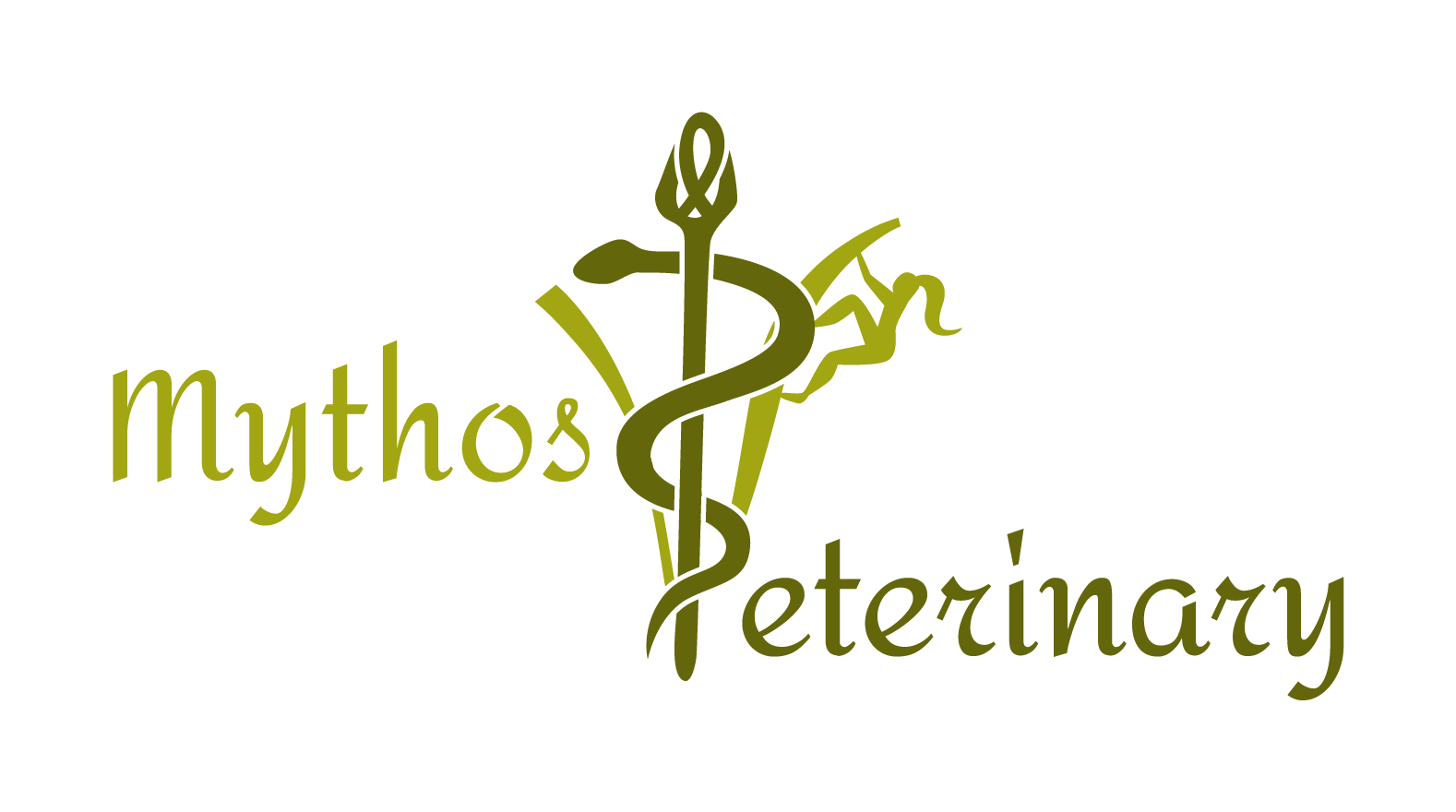Core Anesthesia Training Courses
March 18, 2022Summary
These core anesthesia training course are targeted at technicians who want to feel
comfortable practicing the art of anesthesia. To get the most out of each session, it’s
recommended that students either purchase or check out of the library our text book, Small
Animal Anesthesia Techniques. Pre-reading of certain pages will be required. A test will be
administered following each session to ensure learners understood key topics. Each live session
will include a Q&A period after the session, for specific questions.
Curriculum includes:
Module 1: The Anesthesia Process
Learning objectives include:
- The five tenants of anesthesia
- Pre-anesthetic work up as it pertains to anesthesia
- Identifying factors which are part of a successful anesthesia plan
- How to create a pre-anesthesia check list
- Key components of patient preparation
- Principles of premedication, induction, and maintenance of anesthesia
- Recovery from anesthesia
- Sending the patient home after anesthesia
Module 2: Pharmacology of common pre-medications
Learning objectives include:
- A review of the principles of premedication
- Review of the importance of sedation, and options, prior to the patient’s arrival at the clinic
- Pharmacological focus on
- Alpha2 agonists
- Benzodiazepines
- Phenothiazines
- Criteria for how we select our pre-medication combination
- Impacts of selection on anesthesia
Module 3: Pharmacology of opioids
Learning objectives include:
- Understanding why opioids are the cornerstone analgesic choice
- Classifying opioids
- Species differences with opioids
- Opioid selection for the pre-anesthetic patient
Module 4: Fluid therapy and electrolyte disturbances under anesthesia
Learning objectives include:
- AAHA guidelines for fluid therapy
- Electrolyte abnormalities and disturbances
- Fluid choices available
- How do we select fluids for
- The average patient
- The patient with electrolyte abnormalities
- The patient with hemorrhage or hypovolemia
- The patient with low total proteins or liver dysfunction
- The patient with cardiac disease
Module 5: Pharmacology of induction drugs
Learning objectives include:
- A review of the principles of induction
- Pharmacological focus on
- Alfaxalone
- Etomidate
- Ketamine
- Propofol
- Tiletamine/zolazepam
- Novel combinations, such as “ketofol”
- The concept of neurolept induction
- Criteria for how we select which induction drug
- Impacts of induction drug choices on anesthesia
Module 6: Monitoring under anesthesia
Learning objectives include:
- Key cardiovascular system monitoring
- Blood pressure monitors
- Electrocardiography (ECG)
- Esophageal stethoscope
- End tidal CO2 analysis and it’s role in monitoring the cardiovascular system
- Key respiratory system monitors
- End tidal CO2 analysis
- Pulse oximetry
- Thermoregulation
Module 7: Anesthetic preparation and selection for patients with common co-morbidities
Learning objectives include:
Safe protocols for patients with:
- Mast cell tumors
- Cardiovascular disease
- Mitral valve disease
- Hypertrophic cardiomyopathy
- Diabetes mellitus
- Managed hypothyroid patients
- Hyperthyroidism
- Renal disease
- Special patient populations, including obese patients and geriatric patients
Module 8: Common complications under anesthesia
Learning objectives include:
- Defining common complications
- Objective assessment through monitoring of these complations
- Managing bradycardia
- Managing hypoventilation
- Managing hypotension
- Managing hypothermia
- Assessing regurgitation and it’s consequences
- Management of noxious stimuli and break through pain
- Managing dysphoria at recovery
Module 9: Acute pain management and common local blocks useful in general practice
Learning objectives include:
- Discussions on pain scoring
- Local blocks
- Pharmacology and toxicity of local anesthetics
- Topical local anesthetics
- Infiltrative blocks
- Infraorbital Nerve Block
- Maxillary Nerve Block
- Caudal Inferior Alveolar (Mandibular) Nerve block
- Mental Nerve Block
- Retrobulbar Nerve Block
- Metacarpal/Metatarsal Ring block
- Preemptive analgesic options
- Intraoperative analgesic options
- Post-operative analgesia
Register
Coming in late summer/early fall of 2022!
